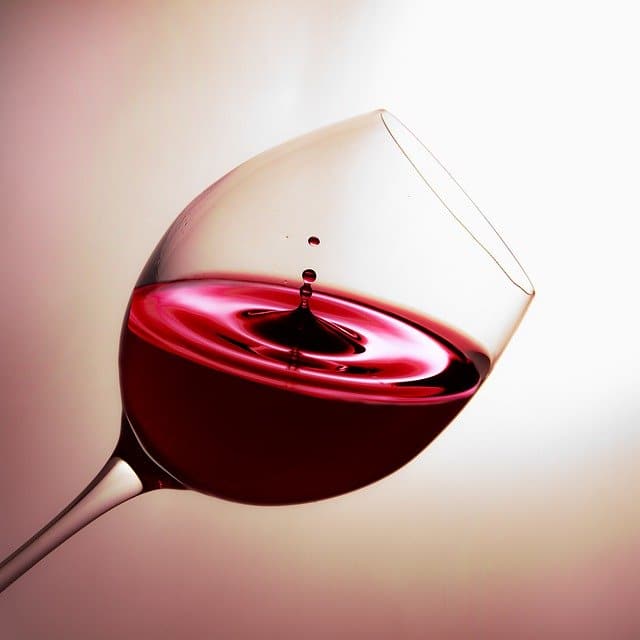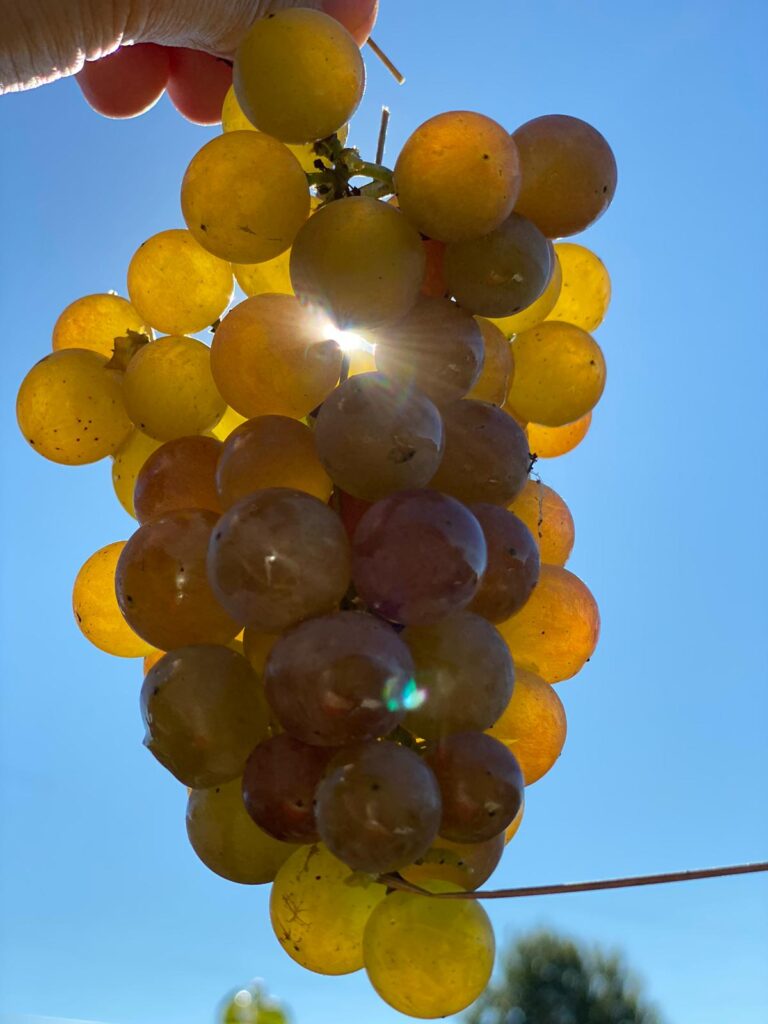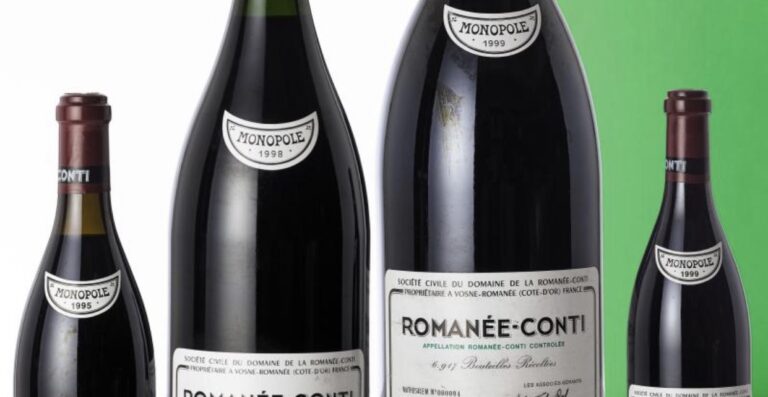This post was originally posted on ilmarcopolo, written by Augusto Oriani and Clinton Lee.
Lebanon has and sadly continues to be a country tormented by continual upheaval and suffering over thousands of years. Yet despite these complexities, Lebanon majestically brings out the best of the region, illuminates the richness of a history derived from the coexistence and encounter of many different cultures. This juxtaposed position is expressed and seen in the rich panorama of food, communities and religious denominations that continually thrive and are still active in the country. Lebanon deserves to be viewed favorably internationally with focus and reflections on a Lebanon that has immense potential, determination and qualities of graciousness as a people and country.
The charm of this narrow isthmus of land overlooking the Mediterranean, that witnessed the cradle of many civilizations and blended their cultures, also shows its own particular culture on the dinner and lunch tables of many. Lebanese cuisine is in fact a true expression of the culinary art of the country. It is one of the most picturesque countries in the Middle East. A country for which cuisine is a highly respected and fundamental cultural element of the country. I will be accompanied in this interesting topic and journey as always, by my side, my close friend Dr. Clinton Lee, a world expert in enology, viticulture and he is the Executive Director the Asia Pacific Wine and Spirit Institute.
Lebanese cuisine: origins and ingredients
The history of this country is undeniably ancient: it was the home of the Phoenicians, the Carthaginians, was the cradle of various religions, that included Judaism, Christianity and Islam. A mixture that influenced and characterizes their cuisine up to the present-day. Their cuisine uses many varieties of vegetables, fruit and cereals. Although, there are similarities with other Middle Eastern cuisine, Lebanese cuisine is unique. One of the most popular and typical Lebanese dishes, and serves as the basis for many other recipes, is hummus, also known as chickpea cream.
The original Lebanese recipe of hummus involves the use of garlic, sesame, lemon and paprika. But the use of broken wheat, which is used to make taboulé, with beef, and or chicken and yogurt is also widespread. Lesser known though is the “Slow Food Presidium” that includes the Lebanese cheeses, which are produced mainly due to the Baladi goat farms in the hinterland. These goats roam and graze freely and their milk is used to produce a cheese known as darfiyeh.
Lebanese appetizers
An important course in Lebanese cuisine is what is known as the meze, which always precedes the meal.
It is the initial offering and welcoming dish to bring people into the mood of sharing and partaking in the goodness of food.
In this context, one of the best-known Lebanese dishes is taboulé, a sort of salad prepared with boiled broken wheat, seasoned with tomatoes, cucumbers, parsley and mint. Another popular choice among the appetizers is manaqish, it is a sort of focaccia that is prepared with bread dough stuffed with cheese or minced meat and seasoned with thyme. One must try arguably try the best Lebanese appetizer, dawali. This is a roll made with grape leaves stuffed with rice, tomatoes, garlic, parsley and lemon. If you are a cheese lover, you must try sambousek. This is a dish comprising pasta bundles that are filled mostly with cheese, also with meat or vegetables. Finally, we cannot forget to mention baba ghanoush, a sort of puree made with smoked aubergines and spices, served as an accompaniment with pita, a typical bread from the Middle East.
Typical Lebanese dishes
Minced meat, beef or lamb, is undoubtedly one of the fundamental ingredients of typical Lebanese cuisine. Traditionally, it is cooked by Middle Eastern women in a common oven normally in the morning, and then shared and eaten throughout the day for family and friends.
For example, to prepare kibbeh, considered one of the national dishes of Lebanon: there are semolina or bulgur croquettes stuffed with meat, which can be eaten fried, boiled or even raw. An unforgettable and traditional dish, among the typical Lebanese dishes is the shish taouk. This is made with chicken placed into skewers. The chicken meat is marinated with yogurt and spices and then cooked
Once again, a very well-known dish also known in Italy is falafel. Lebanese food or variants are found in all Middle Eastern-inspired fast-food restaurants. Examples of variants would include Lebanese meatballs made from chickpeas, beans and broad beans. They are mixed with garlic, onion, cumin and coriander, then fried. And if you want to stay light, go-ahead with a salad made with chickpeas, almonds, pine nuts, yogurt, mint, lemon juice and garlic.
Lebanese desserts
Lebanese desserts are interesting, delicious are they are varied. They have some common ingredients, such as milk or cream, sugar and phyllo dough. Among the most popular is ashta, a kind of cream prepared with milk and rose water, good to be consumed on its own or to be used to fill other desserts, such as Knafeh, or kunafa.
This is made with phyllo dough, cream of milk, dried fruit and raisins; like the ashta ice cream. Arabic ice cream is prepared with milk cream, salep – a particular resin called mastic. Very famous dessert is sfouf, a Lebanese dessert made with turmeric and is served with a syrup base of lemon, sugar and water. You absolutely can’t miss the madlouaha, a kind of pudding made from sempla and sugar, which is garnished with orange blossom, pistachio and fruit syrup.
Mighli is a cumin cream served cold, or baklava, a Lebanese pistachio dessert, is sumptuously captivating. Finally, in the roundup of Lebanese sweets, you cannot fail to taste kaak, donut-shaped biscuits prepared with flour, sugar, yeast, oil and orange flower water.
THE WINES
Wines in the rich picture and dynamic make-up of food and wine has achieved global recognition of being significantly important. Wine and food are like Siamese twins co-joined and inseparable, one cannot survive without the other. The culture of wine is ancient and rich in the co-influences of many civilization who have over the centuries crisscrossed through this main thoroughfare that lies between Europe, Asia and Africa. All the civilizations of the Mediterranean, from the ancient Phoenicians right up to the modern-day impact of French colonialism, the taste of Lebanese wine has been evolved, kneaded and blended.
Red Grape Varieties
The majority of grapes used in Lebanese wines are made from international grape varieties imported from France or its colonies, including Syrah which represents 20% of the vines. We also find Cabernet (Sauvignon and Franc), Cinsault, Grenache, Merlot, Carignan and Alicante are the main black berried varieties.
White Grape Varieties
Chardonnay, Ugni Blanc, Sémillon and Sauvignon are the most cultivated among the white berried ones. Some local grape varieties, which evolved directly from the Phoenician grape varieties, are Obaideh (with characteristics similar to Chardonnay), Merwah and Aramon: they are often used to distil Arak, the national distilled liqueur. It is a pure spirit extract flavored with anise, served diluted with water and ice and ideal during more elaborate lunches to refresh the palate and help one prepare to enjoy subsequent dishes. Obaideh and Merwah are the main grapes from which “Château Musar Blanc” is produced, one of the best wines of Lebanon of this last decade. Lebanese wine production is mostly made up of red wines (75%).
The geomorphological and climatic conditions of Lebanon are absolutely favorable to viticulture and this cultivation practice has very ancient origins. Imported from Babylon at least 5000 years ago, it developed thanks to a flourishing trade with the then Kingdom of Egypt, but it was the Phoenicians who gave the ‘cultural’ imprint on winemaking by refining production techniques and transmitting a sacred concept of this drink. This is evidenced by archaeological traces that show ancient temples dedicated to Bacchus, the Roman god of wine. One can see this in the area of Baalbek.
The most fertile production area is located in the Bekaa Valley, a northern plateau of Beirut that reaches 1000 meters, enclosed between the mountain ranges of Lebanon and Anti-Lebanon (on the border with Syria), but which contours and runs parallel to the coast, a mere 50 km from the sea. Here the landscape is protected by the mountains and the mild climate and is influenced by the Mediterranean. The vines find these to be ideal conditions and they grow luxuriantly and strong, so much so that no devastating epidemics are remembered and many vines planted are still productive in this area.
Many vines reach up to 80 years of age and are still producing grapes. The significant diurnal temperature ranges between night and day are the secret of the quality of the grapes of this valley, protecting the bunches with a miraculous and nutritious night dew. The soil is predominantly clay and sandy, an excellent environment for vines, and the rainfall on Mount Lebanon always ensures an abundance on the plateau.
The history of wine in Lebanon is closely linked to the processes of co-existence between cultures over the centuries, to religion and to legends. It is said that it was Noé – whose tomb would be found in the Kerak Mosque – planted the first vine when he stopped on Mount Saninno. All the different religious orders contributed to the expansion of the country’s viticultural area and the history of one of the most important wineries in Lebanon reflects and is a direct link to these dynamics.
The Middle East is a fascinating reality, where history and culture are set like a puzzle amongst a wonderful landscape, where deep-rooted traditions, scents and colors make Lebanon a magical place
Often termed the “land of milk and honey”. Lebanon is a part of that fertile part called, the “cradle of wine”, where the domestication of Vitis vinifera was born more than 7000 years ago, and it is from here it spread. We now know how everything is connected to history. Here we discover the most important historical and archaeological site in Lebanon, Baalbek (better known by the Greek name of Heliopolis the “city of the sun”), where the Romans erected magnificent temples to divinities, and of course to Bacchus, the god of wine.
In the first millennium BC, the Egyptians began drinking Lebanese wines. The Phoenicians, upon gaining power, began to market the wines of Lebanon throughout the Mediterranean from India to Spain.
In modern times the relaunch of Lebanese viticulture was carried out by the “Chateau Musar” winery which is located about thirty kilometres from Beirut. In 1930 Gaston Hocar, a genius of the time, who just 20 years after returning from a trip to the Bordeaux region, decided he wanted to produce wines such as the French wines. This location had limestone-clayey and gravelly soils suitable for such grapes to be grown and from here he began the rebirth of Lebanese wines on an international level.
Currently, the Chateau Musar https://www.chateaumusar.com winery produces excellent refined wines, which compete internationally and matching the “Nobility” adjective normally associated with French wines.
The grapes grown are Cabernet Savignon, Cinsault, Carignan for the red wines, native vines such as Merwah and Obaideh (ancestors of Semillon and Chasselas) for the white ones. All the grapes are harvested by hand by local Bedouins between August and October, and only indigenous yeasts are used in the vinification. For the creation of the red Chateau Musar, the fermentation of Cabernet, Cinsault and Carignan takes place separately in six-month concrete tanks. The wines are then placed in French oak barrels, then blended and bottled (without being filtered) at the end of the third year after the harvest, then aged for another four years, and then they can be marketed.
Ksara Winery https://www.chateauksara.com is the oldest winery, founded in 1875 by the Jesuits. They moved to this region from Algeria a few decades earlier, bringing with them vine plants. At that time Algeria was the most flourishing colony in France, and the quality of the vines planted in the Zahle area, the largest city in the Bakaa Valley, was excellent. Legend has it that orphans welcomed into the convent of the “Château Ksara” accidentally discovered some underground caves, probably Roman origin. These caves meandered for about 2 km under the structures of the monastery. Since then, the wine production of the area was stored in these cellars as they offered a stable, constant and favorable temperature and humidity environment.
This area represented a natural space to mature and protect the huge amounts of barrels and bottles produced. Suffice it to say, that despite the geopolitically unstable situation in Lebanon, the business of Château Ksara has never suffered serious damage or production interruptions. The winery is indebted to the to the legacy left by the ancients and coupled with modernity exemplified by the 1970’s acquisition through private individuals oversaw the development of production.
The Lebanese viticultural culture is very attentive to the health of the vineyard and to the yield, which must not be excessive: it is this “modest” production (we said about 8 million bottles) but patient and precise actions reward the growers with a very high quality of the harvest. Possessing an attitude typical of Lebanese culture of “doing things well and with due calm.” are paying dividends.
There is a sacred aura in the attitudes and rituals of wine behavior, which ensure a correct and precise rhythm to things, just as attention to hospitality is a fundamental fact of life for the Lebanese people. This is reflected with great pleasure in the balance and elegance of their wines. They search for perfection: the wine reflects the personality of those who make it. This is also found in particular notes that recur, such as the aromaticity and sweet roundness deriving from muscat grapes, which are so suited to the taste of “mezze” (appetizers).
Today the world of Lebanon wine is an interesting and growing reality, straddling an ancient and dynamic production together. Within the space of 10 years, wineries have increased tenfold and in May 2013 the National Institute of Lebanese Life and Wine was inaugurated. Their task covered quality control, sector regulation and commercial mediation with foreign countries. Local fairs, participation in international contests, promotional initiatives abroad are multiplying. Lebanon is probably very close to introducing a specification that allows them to certify the origin of a given product that currently does not exist and has no regulatory category of the denomination.
I would like to ask the world expert in enology and viticulture Dr. Clinton Lee what he thinks of Lebanese cuisine and wines. Dr. Clinton Lee wrote,
“The abundantly rich history of Lebanon is a gift to the world. Each passing year representing a layer of indelible cultural influence and evidence of past glories of empires in this region. Every civilization heralded the beginning of their new epoch while sounding the death of their predecessor and with such changes a new fragment was added to the lifestyle of the Lebanese. Each year reflecting the circumstances and situation for that year, famine, bountiful harvests, war, peace all intricately sown into the threads of Lebanon’s living and on-going history. Sounds familiar, it should.
Every time I open a bottle of wine, I consider that to be a singular privilege, yes indeed a privilege. Over 100 hands on average touch that bottle of wine before it reaches my gentle hands and the wine touches my lips. I respectfully pay homage in that momentous moment of enjoying those who made this bottle of wine possible, their toils and joys all encased within this bottle. Every bottle is a true testament and embodiment of the living and dead, irrefutable evidence of the ongoing story and history captured in that bottle.
When I opened my bottle of Chateau Musar Red comprised of a blend of Cabernet Sauvignon, Carignan and Cinsault from vineyards near the Bekaa Valley this was no different to opening a treasure. My mind immediately propelled me to the ages of the Crusades, Arabs, Mamluk and Ottoman influences and imagined the landscape, the scenes they shared, the food and wine they enjoyed. Now in the age of AI (artificial intelligence) and space travel the experience is even more impactful. Lebanese wine exemplifies intricately the meaning that wine is a living history and culture of a people when we hold a bottle of wine in the grasp of our hands. Each sniff of the wine drives through the way it was made, in this case French oak influence on the mature vines.
The vast and varied Lebanese cuisine offers a plethora of combinations when paired with Lebanese wine. The food is more representative of the historical evolution of the country’s history while the wine is more indicative of the last several hundred years, still impressive but not as long as the culinary history. What is everlasting is the importance of hospitality to the Lebanese people, their joyous graciousness to guests and their expressions of friendship legendary. These qualities will integrate food and wine pleasingly and pleasantly for generations to come. Lebanon awaits you, I have never been disappointed and I am sure you won’t be either.”




